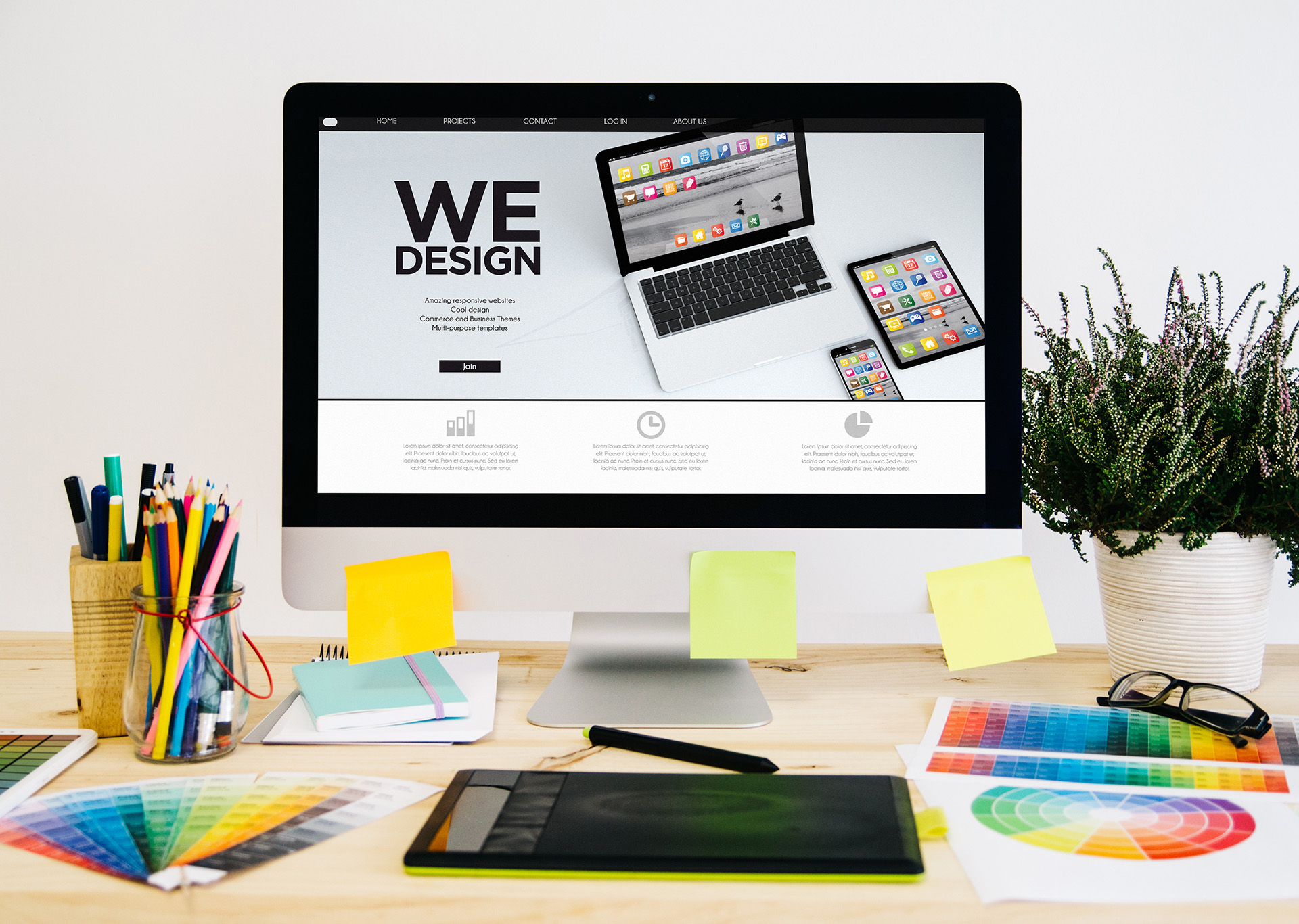In today’s digital age, trust is currency. With millions of websites vying for attention, a user's decision to stay, explore, or buy often hinges on one critical factor: design. First impressions are now measured in milliseconds, and a polished, user-friendly design can mean the difference between gaining a customer—or losing one forever.
So, how exactly does design build trust online? Let’s break it down.
First Impressions Matter — A Lot
According to research from Google, it takes about 50 milliseconds (0.05 seconds) for users to form an opinion about your website. And much of that snap judgment is based on visual appeal. If your website looks outdated, cluttered, or inconsistent, users may subconsciously associate your business with unprofessionalism or even unreliability.
Tip:
Invest in a clean, modern, and consistent design that reflects your brand’s values. Consistency in fonts, colors, and imagery creates a cohesive visual language that reassures users.
Credibility Is Visual
Stanford's Web Credibility Research outlines that people evaluate a site’s credibility based largely on visual design elements like layout, typography, and color scheme. A professional, well-organized design signals that the brand is serious, competent, and trustworthy.
Elements that add credibility include:
- High-quality images
- Clear calls-to-action
- Consistent branding
- Well-structured navigation
Avoid:
- Stocky or pixelated imagery
- Poor mobile responsiveness
- Broken links or outdated content
Transparency Through Design
Design can communicate transparency—something that builds deep trust.
Think about these examples:
- Pricing pages with clear breakdowns
- About Us sections that show real team members
- Contact pages with real addresses, emails, and phone numbers
These design elements tell visitors: “We’re real, and we’re here for you.”
Trust Through Usability and Functionality
Good design is not just what it looks like—it's how it works. A beautiful site that’s hard to use won’t build trust.
What users expect:
- Fast loading times
- Easy navigation
- Mobile-friendly interfaces
- Intuitive user journeys
What breaks trust:
- Confusing menus
- Slow load speeds
- Clunky forms
- Errors or broken elements
A smooth, predictable experience builds confidence in your product or service.
Social Proof by Design
Design also affects how well you present testimonials, reviews, and case studies—all of which are trust builders. Layouts that highlight happy customers and clear outcomes reassure visitors that they’re in good hands.
Examples:
- Customer review sliders
- Trust badges (SSL, awards, certifications)
- Client logos and success metrics
- Video testimonials integrated into the homepage
Security Signals and User Data
With rising concerns over privacy, design must also reassure users that their data is safe.
Design elements that boost security trust:
- HTTPS (SSL certificate)
- Clear privacy policies
- Trust icons at checkout (like Norton, Visa, PayPal)
- Minimal and clearly explained data collection forms
Final Thoughts
Design is more than decoration—it's a silent, powerful communicator. It tells users who you are, how you operate, and whether they should trust you. By focusing on visual consistency, usability, transparency, and credibility, businesses can turn design into a competitive advantage.
When users feel comfortable, they explore. When they trust, they convert.
Looking to build trust through smarter design?
Let’s talk! Contact Us to see how our design team can elevate your online presence.
